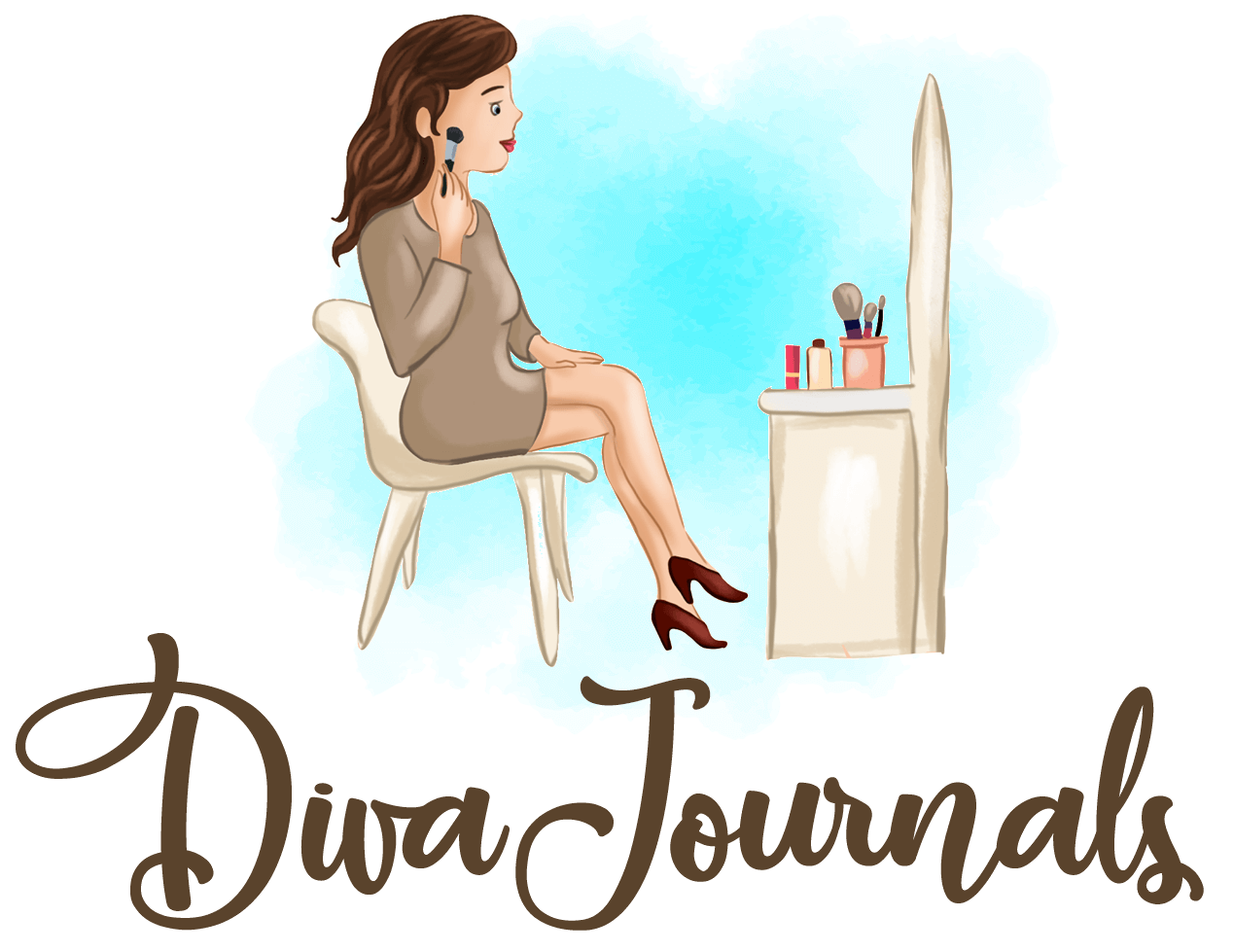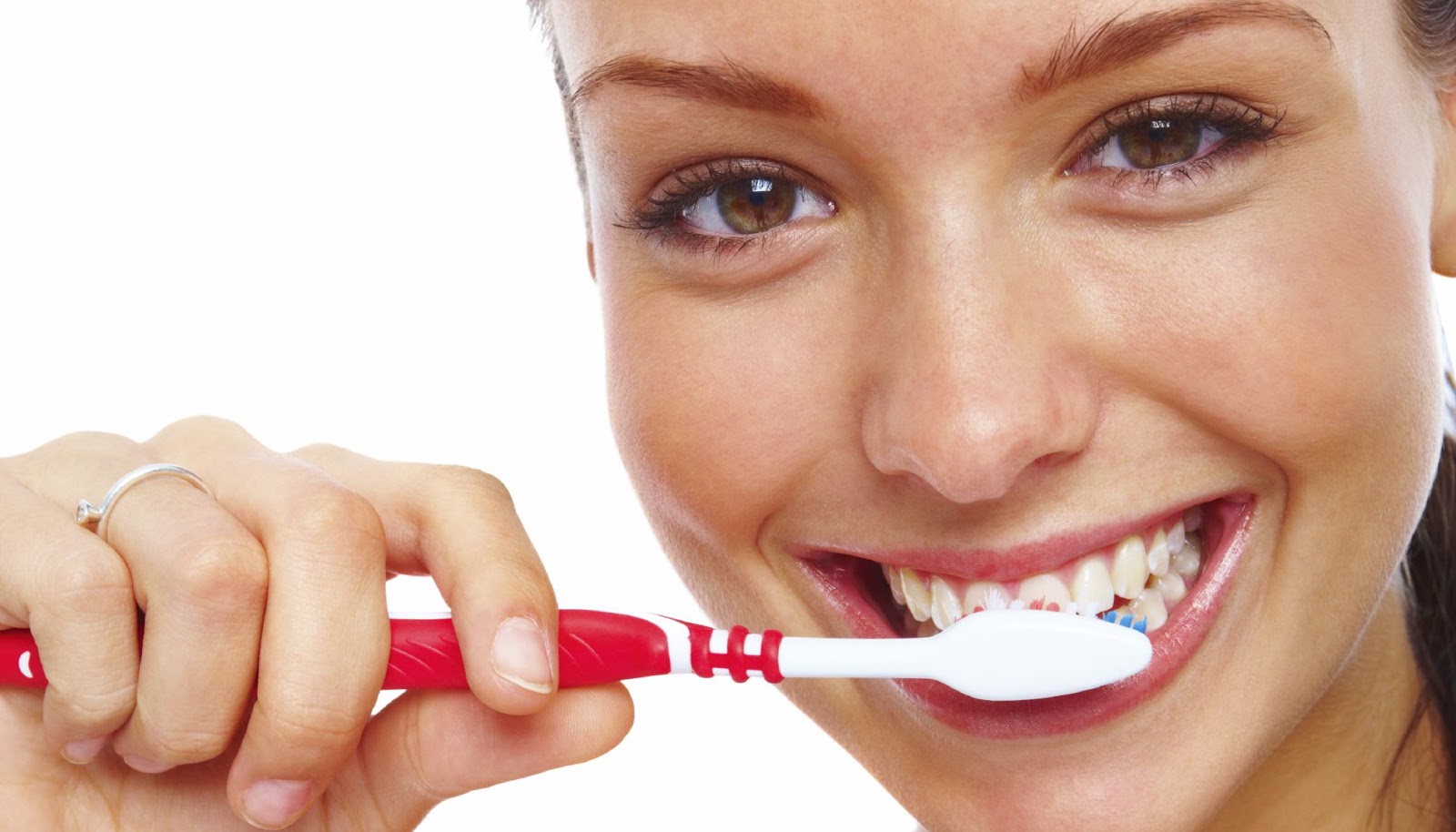This is a guest from Dr.Kim Dyoco from One Mag Smile.
Hello,
By the time we’re adults, most of us don’t even remember learning to brush our teeth. Like tying your shoes and zipping our coats, it’s just something you know how to do, right?
Well, the unfortunate fact is that many people don’t take proper care of their teeth. Either they never quite learned the right way or they’ve developed less-than-perfect habits over the years. Whatever the reason, preventable dental problems are frighteningly common.
The good news is that most of the oral health issues we see in adults can be avoided with the right daily care. Even if you think you’re doing everything right, take a few moments to educate yourself on the basics, just in case you may be missing any crucial steps.
1)Food & Drink
When you were a kid, you were probably warned often of the cavities that would be your fate if you ate too much sugar. But given the fact that you may have sealants in most of your teeth by now, cavities aren’t such a worry. So you can eat all the sugar, you want, right? Wrong!
What you eat and drink still has a major impact on the health of your teeth and gums. The worst culprits are things that are high in acid or sugar, which turns into harmful acid in your mouth. This acid then wears away at the precious enamel on your teeth. Another edible enemy is food that gets stuck in your teeth – so even seemingly healthy snacks like dried fruit can cause damage.
Here are a few examples of what should be avoided:
- Soda or any sugary drinks, including sports or energy drinks.
- Chewy, sticky candy and sweets.
- Citrus fruits and juices.
- Starchy foods like chips, pasta and bread.
- Chewing ice.
Fortunately, there are some diet choices that benefit your teeth:
- Fibrous fruits and vegetables – apples, celery, and carrots
- Dairy products – cheese, milk and yogurt
- Water, lots and lots of water.
- Sugar-free gum
- Green and black tea
- Nuts
2)Eating Habits
It’s not just what you eat, but how you eat it. In a perfect world, we’d all be able to exist solely off foods that were good for our bodies and teeth. But that’s just not very realistic. So, to help you enjoy the occasional no-no food or drink and cause minimal damage to your teeth, follow these tips:
- Drink fruit juice, sweet beverages and coffee through a straw.
- Try replacing artificial soda with seltzer sweetened with a little natural fruit juice.
- Chew sugar-free gum or rinse with water after having starchy or sugary foods or drinks.
- Limit sweet treats to once a day and then brush or rinse with water immediately after.
- Substitute more damaging foods with teeth-healthy foods, which will help counteract the negative effects.
3)Brushing
Everyone thinks they’re brushing their teeth the right way but the truth is that many people have just been using the same bad habits for so long that they don’t know any other way. Here are a few pointers to help you make sure your brushing is getting the job done:
- Go for soft-bristle brushes to avoid doing damage to enamel.
- Electric toothbrushes aren’t inherently better, but some feel it makes good brushing easier.
- Get a new toothbrush every 3 months.
- Brush for at least 2 minutes – even set a timer to make sure you’re doing the full 120 seconds.
- Hold your brush at a 45 degree angle and use gentle up and down strokes.
- Avoid using whitening toothpaste every time or you risk wearing enamel down – the regular fluoride toothpaste should be your usual go-to.
- Always brush on front and back of teeth surfaces, as well as on top of molars.
- Brush at least twice a day.
4)Flossing
Flossing is probably the number one oral care routine that’s neglected. But considering that it’s just as, if not more, important than brushing, you can’t afford to avoid it, no matter how much you don’t like doing it. Before you say that you don’t get food stuck in your teeth, you should know that it’s not as much about food as it is about plaque, which everyone has between their teeth. Flossing is the only effective way to get rid of this gum disease causing plaque, so use this little refresher course to help you get back in the habit:
- Start with a long piece of floss (about 18 inches) and wrap the majority of it around the finger of one hand and the other end around the finger of the other hand.
- Guide the floss between teeth and use a gentle up-and-down motion on each side.
- Unwind the floss as you go so that you have a fresh section for each tooth.
- Use waxed floss to help get between teeth that are tight.
- If you have trouble with traditional floss, try the plastic pick kind that may be easier to handle.
- Floss at least once a day.
5)Tongue Scraping
I’m always surprised at how few of my patients have heard of a tongue scraper. It’s a great little tool (that comes in several designs and materials) that does just what it sounds like, scrapes your tongue. The benefits of this are several: it prevents bad breath, removes harmful toxins and bacteria that lead to many oral health issues and may even help you taste your food better. Get in the habit of doing it every night, along with your brushing and flossing.
6)Dental Visits
Last, but certainly not least, you should be visiting your dentist twice a year. Not only are the deep, professional cleanings a great way to maintain healthy teeth and gums, but it also ensure that you aren’t letting existing dental problems get worse.
Many oral health issues aren’t seen or felt, so it takes a professional to be able to identify what’s going on. If caught early, your dentist can stop the damage instead of having to take more extreme measures to undo it later on.
Image Source:
Note:If you are interested in writing a guest post for us,then quickly drop a mail to: [email protected] more information on submitting a guest post,click here.
Related posts:
Best Concealers For Oily-Acne Prone Skin
Glogeous Advanced Face wash Gel Review
Himalaya Herbals Purifying Neem Scrub Review
Use These 7 Tips to Get the Home Gym of Your Dreams
Five Tricks to Obtaining Luxuriously Soft Skin
Electro-Cauterization for Common Skin Problems
Nivea Moisturising Souffle Smooth Sensation Review
Winter Care For Oily-Acne Prone Skin


